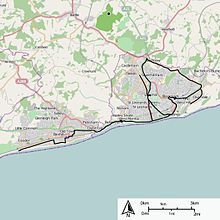
The Sydney tramway network served the inner suburbs of Sydney, Australia, from 1879 until 1961. In its heyday, it was the largest in Australia, the second largest in the Commonwealth of Nations, and one of the largest in the world. The network was heavily worked, with about 1,600 cars in service at any one time at its peak during the 1930s . Patronage peaked in 1945 at 405 million passenger journeys. Its maximum street trackage totalled 291 km in 1923.
The Mexborough & Swinton Tramways Company was a tramway system in the West Riding of Yorkshire, England, founded in 1902 and which began services in 1907 linking Rotherham with the Old Toll Bar, Mexborough. Its routes served Manvers Main Colliery, Wath upon Dearne and the towns of Rotherham, Rawmarsh, Swinton and Mexborough.
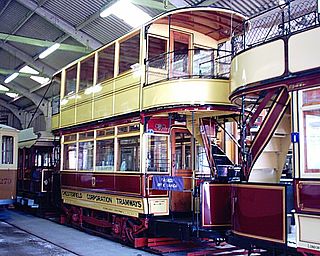
The Chesterfield and District Tramways Company and its successors ran a tramway system in the Derbyshire town of Chesterfield, England. The first horse-drawn line opened in 1882, and in 1897, the system was taken over by Chesterfield Corporation, who extended and electrified it in 1904 and 1905. Additional tramcars were purchased, but two had to be scrapped after a disastrous fire at the depot in 1916. The system suffered from a lack of maintenance as a result of reduced staffing levels during the First World War, and the trams were replaced by trolleybuses in 1927.
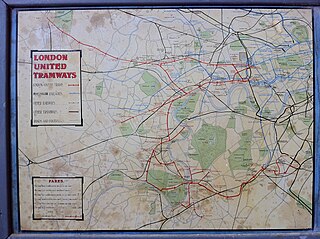
London United Tramways Company Limited was an operator of trams and trolleybuses in the western and southern suburbs of London, UK, from 1894 to 1933, when it passed to the London Passenger Transport Board.
The London County Council Tramways was an extensive network of public street tramways operated by the council throughout the County of London, UK, from 1899 to 1933, when they were taken over by the London Passenger Transport Board.
The Mexborough and Swinton Traction Company was the name adopted by the Mexborough & Swinton Tramways Company in 1929 following the introduction of trolleybuses on all its routes. It operated in the West Riding of Yorkshire, England, over routes serving Manvers Main Colliery, Wath upon Dearne and the towns of Rotherham, Rawmarsh, Swinton, Mexborough, Conisbrough and the estate at Conanby.
The stud contact system is an obsolete ground-level power supply system for electric trams. Power supply studs were set in the road at intervals and connected to a buried electric cable by switches operated by magnets on the tramcars. Current was collected from the studs by a "skate" or "ski collector" under the tramcar. The system was popular for a while in the early 1900s but soon fell out of favour because of the unreliability of the magnetic switches, largely due to friction and rapid corrosion affecting its cast iron moving components.
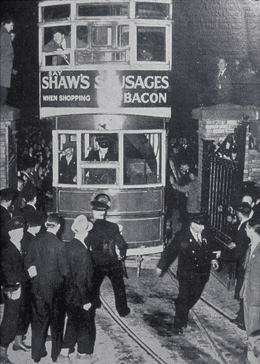
Dublin tramways was a system of trams in Dublin, Ireland, which commenced line-laying in 1871, and began service in 1872, following trials in the mid-1860s. Established by a number of companies, the majority of the system was eventually operated by forms of the Dublin United Tramways Company (DUTC), dominated for many years by William Martin Murphy. Most of the services ran within the city centre and near suburbs, with the majority of major suburbs served. Additionally, there were two longer-range services, one reaching the "excursion" destination of Poulaphouca Falls, and two services concerning Howth.

Aberdeen Corporation Tramways formerly served the City of Aberdeen, Scotland.

Between 1901 and 1949 Manchester Corporation Tramways was the municipal operator of electric tram services in Manchester, England. At its peak in 1928, the organisation carried 328 million passengers on 953 trams, via 46 routes, along 292 miles (470 km) of track.

The Weston-super-Mare Tramways were the electric street tramways of the seaside resort of Weston-super-Mare in Somerset, England. It operated a fleet of up to 16 standard gauge single- and double-deck tramcars on routes totalling 2.92 miles (4.70 km) to Birnbeck Pier, The Sanatorium and Locking Road. It opened in 1902 and was replaced by bus services in 1937.
The Southend-on-Sea trolleybus system once served the town of Southend-on-Sea, in Essex, England. Opened on 16 October 1925, it gradually replaced Southend-on-Sea Corporation Tramways.
Southend-on-Sea Corporation Tramways served the town of Southend-on-Sea in Essex from 19 July 1901 until 8 April 1942.

Torquay Tramways operated electric street trams in Torquay, Devon, England, from 1907. They were initially powered by the unusual Dolter stud-contact electrification, but in 1911 was converted to more conventional overhead-line supply. The line was extended into neighbouring Paignton in 1911 but the whole network was closed in 1934.

Coventry Corporation Tramways operated a tramway service in Coventry, England, between 1912 and 1940.

The City of Oxford and District Tramway Company and its successor the City of Oxford Electric Traction Company operated a horse-drawn passenger tramway service in Oxford between 1881 and 1914. The tramway was unusual for having a track gauge of only 4 feet (1.219 m).
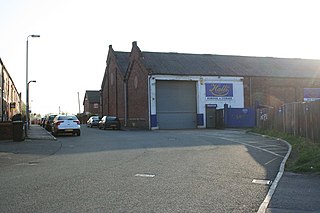
Wigan Corporation Tramways operated a tramway service in Wigan, England, between 1901 and 1931. The first tramway service in the town was run by the Wigan Tramways Company, whose horse trams began carrying passengers in 1880. They began replacing horses with steam tram locomotives from 1882, but the company failed in 1890 when a Receiver was appointed to manage it. The Wigan & District Tramways Company took over the system in 1893 and ran it until 1902. Meanwhile, Wigan Corporation were planning their own tramway system, obtaining an authorising Act of Parliament in 1893, and a second one in 1898. This enabled them to build electric tramways, and in 1902, they took over the lines of the Wigan & District Tramways Company.
At the peak of Britain’s first-generation tramways, it was possible to travel by tram all the way from Pier Head at Liverpool to the Pennines in Rochdale by tram.

Gravesend and Northfleet Electric Tramways operated a tramway service between Gravesend, Kent and Northfleet between 1902 and 1929.
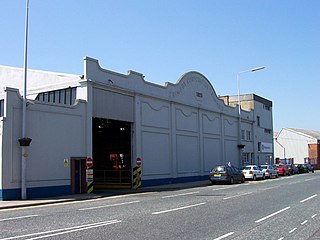
The Great Grimsby Street Tramways Company was a tramway serving Grimsby and Cleethorpes in Lincolnshire, England. It was a subsidiary of The Provincial Tramways Company. They opened a horse tramway in 1881, running from the Wheatsheaf Inn in Bargate to the border with Cleethorpes, with a branch along Freeman Street, and extended the line into Cleethorpes in 1887. It followed the trend of many British systems, and was converted to an electric tramway in December 1901. Small extensions were made to the system at both ends, but the basic plan of the system remained the same throughout its life.

Stockport Corporation Tramways operated a tramway service in Stockport, England, between 1901 and 1951. It was preceded by a horse tramway from Levenshulme to Stockport, which opened in 1880, and was ultimately run by the Manchester Carriage and Tramways Company. A second independent horse tramway opened in 1890, running to Hazel Grove. In 1899 the Corporation bought the first line, electrified it, and leased it back to the operating company. Their powers to buy the Stockport and Hazel Grove Tramway, authorised by the same Act of Parliament, were not exercised until 1905.
